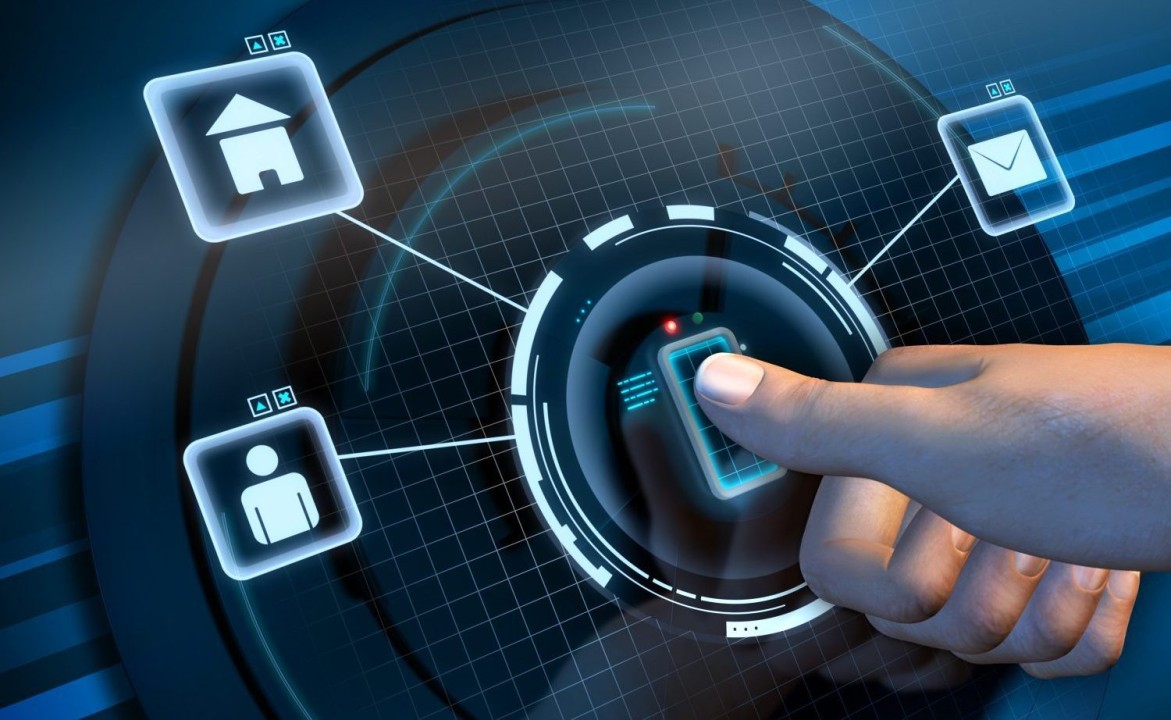The banking industry today faces significant challenges in protecting customer data and securing financial transactions. As cybercrime threats continue to rise, traditional security measures such as passwords or PINs are no longer considered sufficient. This shift is driving the adoption of biometric security technology as a more secure and efficient layer of protection. Biometric technology in banking not only enhances security but also improves the overall customer experience.
Move Safer, Smarter, and Faster
1. More Secure and Accurate Identity Verification
Biometric methods—such as fingerprint scanning, facial recognition, and voice recognition—offer significantly higher accuracy compared to traditional authentication methods. Since biometric traits are unique to each individual and difficult to forge, the risk of identity theft or account breaches is drastically reduced.
2. Improved User Experience
Biometric authentication is fast and convenient. Customers no longer need to remember multiple passwords or PINs to access banking services. With just a touch or a glance, they can securely access mobile banking apps, ATMs, or even complete transactions at teller counters.
3. Reduced Risk of Fraud and Cybercrime
Biometric-based security helps banks prevent unauthorized access and fraudulent transactions. These systems make data theft and hacking attempts much harder to execute, offering a proactive defense against increasingly sophisticated cyberattack methods.
4. Operational Efficiency for Banks
By implementing biometric systems, customer verification across various banking service points becomes faster and more streamlined. This not only boosts staff productivity but also reduces customer wait times both in physical branches and through digital platforms.
5. Supporting Regulatory Compliance
Many banking regulations now require financial institutions to strengthen customer data protection. Biometric technology helps banks comply with these security standards set by authorities such as central banks or financial regulatory bodies, especially in terms of personal data protection.
Common Types of Biometric Technology Used in Banking
Banks today utilize a variety of biometric methods to enhance their services:
- Fingerprint Scanning: Commonly used for ATM authentication and mobile banking logins.
- Facial Recognition: Strengthens security for app access and customer identity verification at branches.
- Voice Recognition: Simplifies identity verification when using call center services or virtual assistants.
- Iris Scanning: Typically used in premium banking services to provide an even higher level of security.
Privacy and Data Protection Considerations
1. Permanence of Biometric Data
Unlike passwords, biometric data (e.g., fingerprints, facial features) cannot be changed once compromised. A breach can expose a person's biometric identity for life.
2. Centralized vs. Decentralized Storage
Many institutions store biometric data in centralized databases, which are vulnerable to hacking. A decentralized storage model (e.g., local device storage) reduces the risk of large-scale breaches.
3. Cross-Border Data Sharing
Biometric data is often processed by third-party vendors across multiple countries, creating legal challenges due to differing privacy laws and data protection standards.
4. Risks of Deepfakes
As biometric technologies (like facial recognition) improve, deepfake technology becomes a growing threat. Banks must use advanced anti-spoofing measures to ensure security against digitally manipulated data.
5. Holistic Data Protection
A multi-layered approach that accounts for the permanence of biometric data, storage risks, and evolving threats is necessary to ensure long-term trust and compliance.
Looking Ahead: Smarter, Context-Aware Biometrics
As AI and machine learning advance, biometrics are becoming more context-aware and adaptive. Future systems may not only authenticate identities, but also detect behavioral anomalies and environmental inconsistencies—offering real-time threat detection and a higher level of trust in every transaction.

